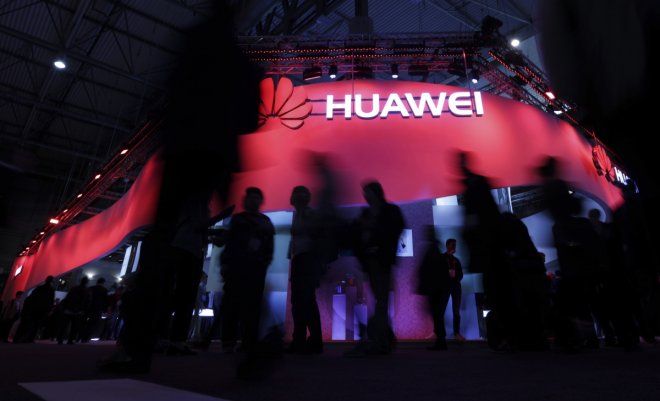
Venturing into the nascent space of artificial intelligence (AI), Huawei has launched a new chipset model called Kirin 970. The new AI-focused system-on-chip (SoC) is Huawei's nitro power to help it surpass the competition that has Qualcomm as the leading contender.
"The Kirin 970 is the first in a series of new advances that will bring powerful AI features to our devices and take them beyond the competition," said Richard Yu, CEO of Huawei Consumer Business Group, in a statement.
Huawei's Kirin 970 is built using a 10nm process that includes an eight-core CPU and 12-core GPU. To support AI developments, the chip has a dedicated Neural Processing Unit (NPU). The combined silicon is touted to deliver up to 25 times more performance and 50 times greater efficiency than an ARM's quad-core Cortex A53 CPU cluster that widely available on Qualcomm chips. The Chinese chipset Furthermore, Huawei claims that the new chip has processed as many as 2,000 images per minute in an initial benchmark image recognition test.
Projects as an open mobile AI platform
Instead of closely deploying its presence on some of its upcoming devices, Huawei is positioning the Kirin 970 as an open mobile AI platform. This means that the chipset will be available to third-party developers and partners over time. It also suggests that the Shenzhen-headquartered is set to counter leading competitors, mainly including Apple, Samsung and Xiaomi, by expanding its market of smartphones through new partnerships.
"Mobile AI = On-Device AI + Cloud AI. Huawei is committed to developing smart devices into intelligent devices by building end-to-end capabilities that support coordinated development of chips, devices, and the cloud," said Yu.
Also read: Huawei, OnePlus and Samsung plan to rival iPhone 8: Check out what they have to offer
While Huawei is positive with its native mobile AI model, the competitors are already in plans to protect their markets. Apple has its A series chips, whereas Samsung holds a large share with its Exynos family and Xiaomi recently entered the same space with its Surge S1 chipset. Nevertheless, the strategy of opening the platform is something that would take the Chinese company to next levels in the world of smartphones.
Huawei is apparently attempting to be an alternative to Qualcomm by expanding and advancing its Kirin lineup with the latest model. The San Diego-based company leads the mobile device market with its Snapdragon range of SoCs.
The Kirin 970 is expected to be debuted on the upcoming Mate 10. This Huawei's flagship is in development to compete against the recently launched Samsung Galaxy Note 8 and the upcoming Apple iPhone 8. The smartphone is likely to have a complete, edge-to-edge display -- similar to Xiaomi's Mi Mix.
Market potentials for new entrants
According to market research firm Research and Markets, the AI market will reach US$ 16.06 billion by 2022, at a CAGR of 62.9 percent between 2016 and 2022. The arrival technologies like the Kirin 970, along with various software enhancements, are majorly expanding AI with more use cases.
International Data Corporation (IDC) in a recent report forecast AI to reach US$12.5 billion by the end of this year. This growth highlights a significant increase of 59.3 percent over 2016.









